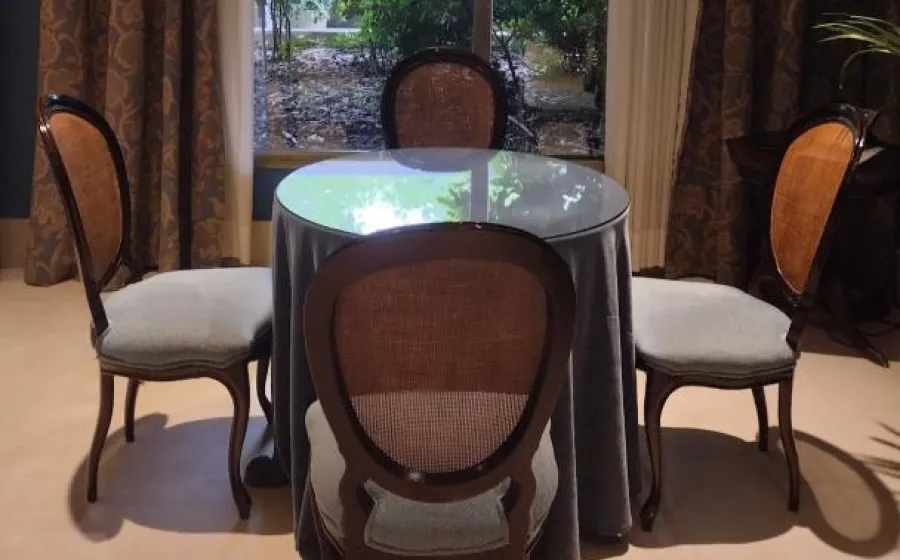Cultures of Mourning in South Madrid
Fecha
Espacio
Categoría
Formato
Institución
Programa
Grief has not one but many timeframes; it has “states” rather than “stages”, which come and go in an absence that must be accepted as final, not something to get past. Mourning is something that happened long ago and yet is always happening still. But while grief happens, this funeral home didn’t exist, we had to go to some unknown place, I still go to clean my mother's grave in San Isidro, in the old days we kept vigil at home, all my dead kin are back in my parents’ village, and that’s how we actually experience death in life. Mourning spaces and the relationships created in them are unique and perhaps increasingly tame. They matter because they are often what makes grieving respectful and even possible.
This project aspires to reunite the living and the dead, because it is based on the idea that death-related policies shape how we relate to and feel about them.
However, when we begin to look at death this way, we run into a massive obstacle. Death occurs emotionally and biologically, but also politically and materially. How do we mourn our dead if we can’t even have a fortnight’s leave after their departure? How do we grieve if we can’t bury them as we wish? And how do we make our way to a place like a funeral home, far from everything even in the middle of the M40 ring road, where the final embrace awaits us? How can a neighbourhood remember its history through the way its rites of dying and mourning have been and are experienced?
One part of the project entails a study of the funeral homes and cemeteries in south Madrid, particularly Usera and adjacent districts, from the perspective of the memory of neighbourhoods as heterotopical spaces constructed in relevant socio-economic contexts, but also as spaces destined for emotional rituals that are essential to proper grieving. This study is inseparable from first-hand experiences of abuse and aggravation at the hands of the funeral industry and its connection to “public” policies, as well as moral, cultural and religious hierarchies. In this respect, south Madrid is a heterogeneous place where different cultures of death and mourning are not always respected.
The other part of the project involves creating spaces for shared mourning and radical imaginings about how to die, how to be sent off and how to remain among the living. For life is, by its very nature, spectral: the departed live alongside us and, like the living, long to be loved and cared for.
Just as the Christian heaven was devised as a useful fiction to afford the Catholic Church greater social and economic control, so portrayals in contemporary literature, art and cinema of what happens after death reflect a particular political order and emotional context. What we imagine for those we have lost, individually and collectively, replicates a vision of the world in terms of justice, reparation or reconciliation that makes mourning part of a future which, we hope, is still unwritten. It is an exercise in giving our dead a space of continuity in their new forms, but it is also a utopia and a denunciation, for the stories of some deaths cannot be concluded due to the violence that caused them.
Inés Plasencia Camps
Inés Plasencia Camps
I am a researcher, educator and writer. At present, I am focused on my grieving processes and on researching and writing about fear and the limitations of truth and fiction when coming to terms with death. I am interested in curating public programmes because they present opportunities to create temporary spaces of intimacy and write in search of a language for understanding and remembering.

